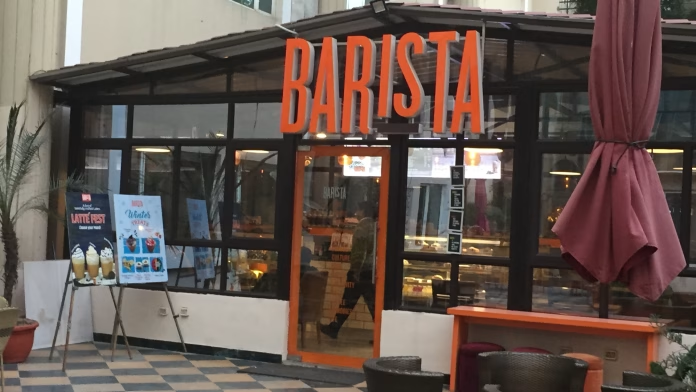Barista, an Indian coffee chain, has set its sights on securing a INR 100 crore investment to fuel its business expansion plans in the coming two years.
To achieve a target of 500 stores by 2025, the investment plan encompasses the inclusion of both company-owned stores and franchises.
Barista, a coffee chain established in the year 2000, has set its sights on expanding its presence to encompass metropolitan areas, non-metropolitan cities, and city highways.
Rajat Agrawal, CEO, Barista, said, “Investments, which will be required in opening new stores, will be INR 100 crore. This will include our owned stores and franchises as they will be under our umbrella and a part of the overall investment.”
Prominent international brands such as Tim Hortons and Pret A Manger have made their entry into the Indian market and are strategically expanding their operations throughout the country. Tim Hortons, a Canadian multinational, has recently inaugurated two outlets in Mumbai as part of its expansion plans.
Read More: Tim Hortons continues aggressive expansion in India, opens two new stores in Mumbai
While Tata-owned Starbucks in India continues to flourish in metro cities, it is also actively expanding its presence in non-metro areas at a rapid pace.
Currently, Barista operates a total of 362 outlets, spanning across various locations including Sri Lanka, Maldives, Bangladesh, Nepal, and Myanmar.
“We opened 150 outlets over the last three years. With the size growth we have seen, 500 stores is a realistic number. There are two models that we primarily work around, one is going through our network that is the company’s store and the second is where we look at opening franchisee-own stores. There will be nearly 400 plus outlets in the next five to six months and in the next year and a half will open 100 more outlets. We are aligned with the targets,” he said.
The company is actively seeking opportunities to expand its presence beyond metropolitan cities and enhance its store penetration.
“In the last four to five years, the demand from some of the smaller cities has been quite encouraging. During Covid-19, a lot of people moved out from metro cities to non-metros, which also helped us to have a pent-up demand that is now slowly and steadily coming back. I don’t see that there is any decline in that, we are growing at a good pace even in the non-metros. With this kind of inventory, it is obvious for us to look outside metros and return to highways. We are also looking at tier one and tier two cities where there is demand and people are looking at good opportunities,” added Rajat.





